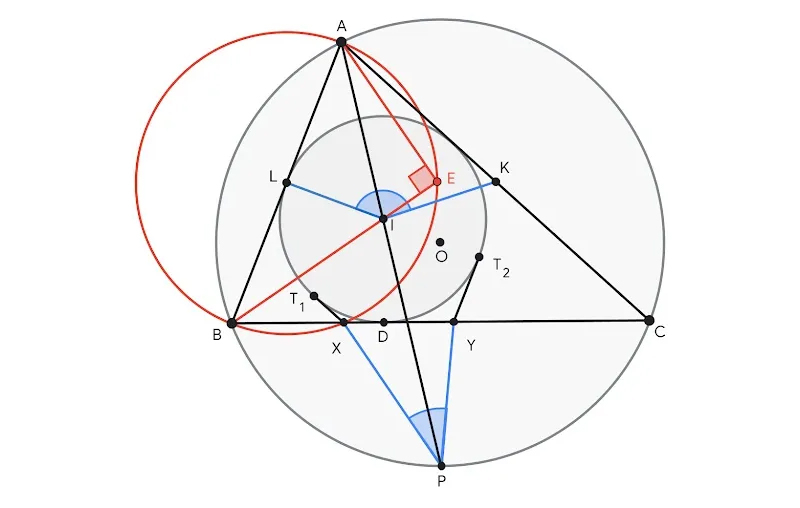Deepmind, a subsidiary of Google, specializing in research in the field of artificial intelligence (AI), reported on the new achievements of the ALPHAGEMETRY2 AI model in solving geometric problems. The recently published study of DeepMind reports that the AlphaGeometry2 successfully solved 84 % of the problems (42 out of 50) of the International Mathematical Olympiad (IMO) from 2000 to 2024, gaining the average score of the gold medalist (40.9).

Image source: Google
AlphaGeometry2 is an improved version of the ALPHAGEOMETRI AI system, published in January last year. In July last year, DeepMind demonstrated the capabilities of the system that united ALPHAPROOF and AlphaGeometry2, which managed to solve 4 out of 6 IMO problems.
AlphaGeometry2, using a linguistic model based on Gemini architecture and an improved mechanism of symbolic deduction can determine the strategies for solving problems with an accuracy that exceeds the possibilities of most human experts.
The adopted approach combines two main components: a linguistic model that can generate sentences based on a detailed geometric description, and the symbolic mechanism of DDAR (Deductive Database Arithmetic Reasoning), which checks the logical connectivity of the proposed solutions, creating a deductive closing based on available information.
Simply put, the Gemini AlphaGeometry2 model offers the symbolic mechanism steps and design in the formal mathematical language, and the mechanism, following certain rules, checks these steps for logical consistency.
The key element that allowed AlphaGeometry2 to surpass the speed of the predecessor of AlphaGeometry is the Skest (Shared Knowledge Ensemble of Search Trees) algorithm, which implements an iterative search strategy, based on the exchange of knowledge between several parallel search trees. This allows you to simultaneously investigate several solutions, increasing the processing speed and improving the quality of generated evidence.
The effectiveness of the system was significantly increased with the new implementation of DDAR on C ++, which increased its speed 300 times compared to the version written on Python.
At the same time, due to the technical features of AlphaGeometry2, it is still limited to the ability to solve problems with a variable number of points, nonlinear equations or inequalities. Therefore, DeepMind studies new strategies, such as breaking complex tasks for subtasks and the use of training with reinforcements for the release of AI to a new level in solving complex mathematical problems.
It is reported that AlphaGeometry2 is technically not the first AI system to reach the level of a gold medalist in geometry, but it is the first to achieve this with a set of tasks of this size.
At the same time, AlphaGeometry2 uses a hybrid approach, since the Gemini model has an architecture of the neural network, while its symbolic mechanism is based on the rules.
Supporters of the use of neural networks argue that intellectual actions, from speech recognition to images, can only be achieved by using huge amounts of data and calculations. Unlike symbolic AI systems that solve problems, determining the sets of manipulation rules with symbols intended for certain problems, neural networks are trying to solve problems through statistical approximation (replacing some results close to the original) and examples with examples. In turn, supporters of symbolic AI believe that it is more suitable for effective coding of global knowledge.
Deepmind believes that the search for new ways to solve complex geometric problems, especially in Euclidean geometry, can be the key to expanding the capabilities of AI. The solution of problems requires logical reasoning and the ability to choose the right step from several possible ones. According to DeepMind, these abilities will be crucial for the future universal models of AI.